First Filipino to meet the pope, 1869?
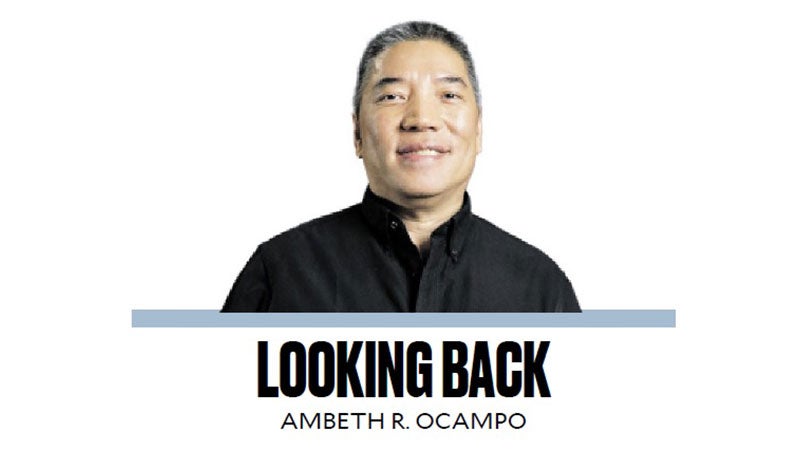
The first documented sighting of a Filipino by a pope was at the Dominican church of Santa Maria sopra Minerva in Rome on April 7, 1869. During the feast of the Annunciation, Fr. Faustino Villafranca, a visiting priest from Manila, was presented to Pope Pius IX, who is still referenced in the Philippines today in the sweet pastry called “Pio Nono.” In a travelogue published in Manila in 1870, Father Villafranca said of this meeting: “Now, thanks to God, a native of the Philippines will no longer be something strange to him. Since Sicily, I have noticed that the Filipino type is completely unknown in Italy.”
I remembered Father Villafranca’s book from photos of Pope Leo XIV in the Philippines, which appeared on my Facebook feed. The future pope visited the Philippines twice as Augustinian prior general in 2004 and 2010. Photos of him in Intramuros and Cebu prove that Filipinos are known to him. He surely encountered Pinoys growing up in Chicago, and I wouldn’t be surprised if he met Pinoys in Peru, too.
In the recently concluded conclave, Pope Leo XIV received pledges of loyalty and support from three Filipino cardinals, with Cardinal Pablo Virgilio David extending an informal invitation to visit the Philippines in the future. Cardinal David even played on the newly minted pope’s religious roots by introducing himself as a son of Pampanga, the province founded by the Augustinians in the 16th century.
I first heard about Father Villafranca from Perfecto Terra Jr., who was then at work on a translation of “Correspondencias de una viaje desde Filipinas a Europa.” I wonder if he completed the translation after publishing excerpts in a comprehensive article on Philippine studies in 1984. I downloaded the book from the Biblioteca Digital de España and was challenged to read its full title in one breath. Translated from the original Spanish, the kilometric title is: “Correspondence of a voyage from the Philippines to Europe, via Sicily, Naples, Rome, Italy, Paris, London and Spain, including a description of the various places visited in transit, includes Canton, China, and with the events of the roundtrip by Don Faustino Villafranca, Prebend of the Manila Cathedral.”
In my work, I have often dipped into travel accounts of the islands, some dating earlier than Antonio Pigafetta’s narrative of the Magellan Expedition from 1521, like Zhao Rugua’s impressions of the Philippines in the 12th century. Using these sources, historians attempt to reconstruct the past from the point of view of foreigners. Inspired by the title “The Empire Strikes Back” (Episode V of the Star Wars Saga), I once thought, wouldn’t it be useful to have an anthology of Philippine travel writing, so that we can see capitals like Madrid, Washington, and Tokyo from the eyes of Filipinos under Spanish, American, and Japanese colonial rule? Rizal left a lot of travel writing in journals and letters. Others like Antonio Luna published their travel writing in La Solidaridad and there is so much more from the 20th century. While no travel book by a Filipino before Villafranca has been found yet, I am hopeful a couple more will emerge from the woodwork or be found in some foreign library or archive.
Villafranca’s 283-page book is presented in epistolary form, consisting of 70 letters, describing his adventures that made me appreciate modern air travel. Today, it takes a day to travel from Manila to Naples with the only hassles being security checks, the length of time in transit, and the quality of food in layover airports. For Villafranca, it took about seven weeks to sail from Manila to Naples. It was a long, uncomfortable trip with five layovers for a change of ship: Manila to Hong Kong on the Marques de la Victoria, Hong Kong to Pont de Gal on the Orissa, Pont de Gal to Suez on the Mooltan, then he transferred to the Poonah from Alexandria to Malta, and finally to the Marsala from Malta to Naples.
Meeting the pope was surely the highlight of Villafranca’s life. This is what he experienced:
“When we were nearing him, His Holiness displayed a certain anxiety to find out who I was. The Father Prior told him I was a prebend from Manila, at which information he shared opportune remembrances of the Philippine Islands and while we kissed his feet, he mentioned that (Francisco Gainza, O.P) the Bishop of Nueva Caceres (now Naga) would be here for the centenary of St. Peter, to which the Father Prior replied that I was his disciple … we withdrew to give way to the others who wanted to have a word with his Holiness … [who] from the time he dismounted from his carriage at his arrival, I noted that Filipino features aroused his curiosity because he looked twice toward the small viewing window where the Father Prior and I were looking out.”
I will reread Villafranca and look up his audience with deposed Spanish Queen Isabel II, whose profile graced “Isabelinas” gold coins first minted in the Philippines in 1861. Alejandro Roces told me that “pera,” the Filipino term for money, traces its origin to people referring to Isabel on the coins as “La Perra (The Bitch).”
——————
Comments are welcome at aocampo@ateneo.edu
Ambeth is a Public Historian whose research covers 19th century Philippines: its art, culture, and the people who figure in the birth of the nation. Professor and former Chair, Department of History, Ateneo de Manila University, he writes a widely-read editorial page column for the Philippine Daily Inquirer, and has published over 30 books—the most recent being: Martial Law: Looking Back 15 (Anvil, 2021) and Yaman: History and Heritage in Philippine Money (Bangko Sentral ng Pilipinas, 2021).


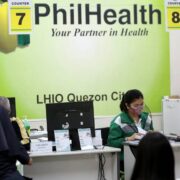
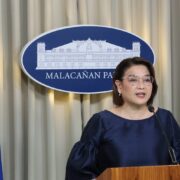
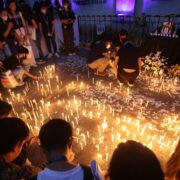
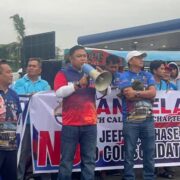
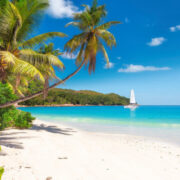
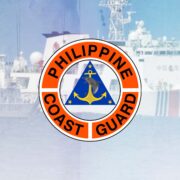
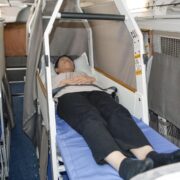

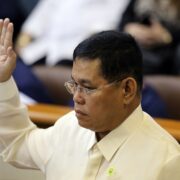
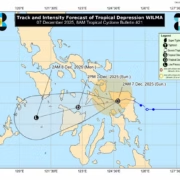


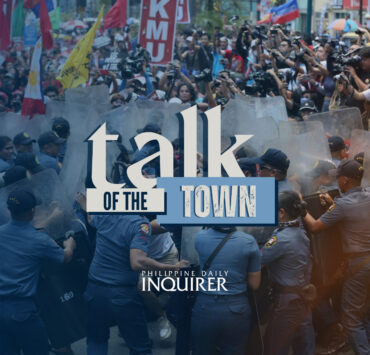
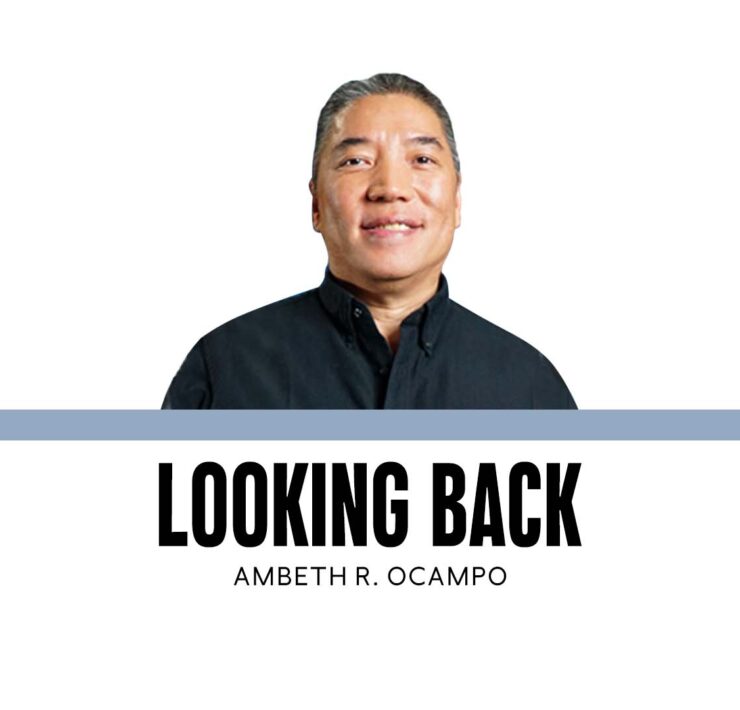


Are we ready for AI?